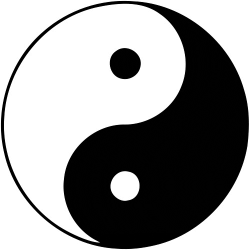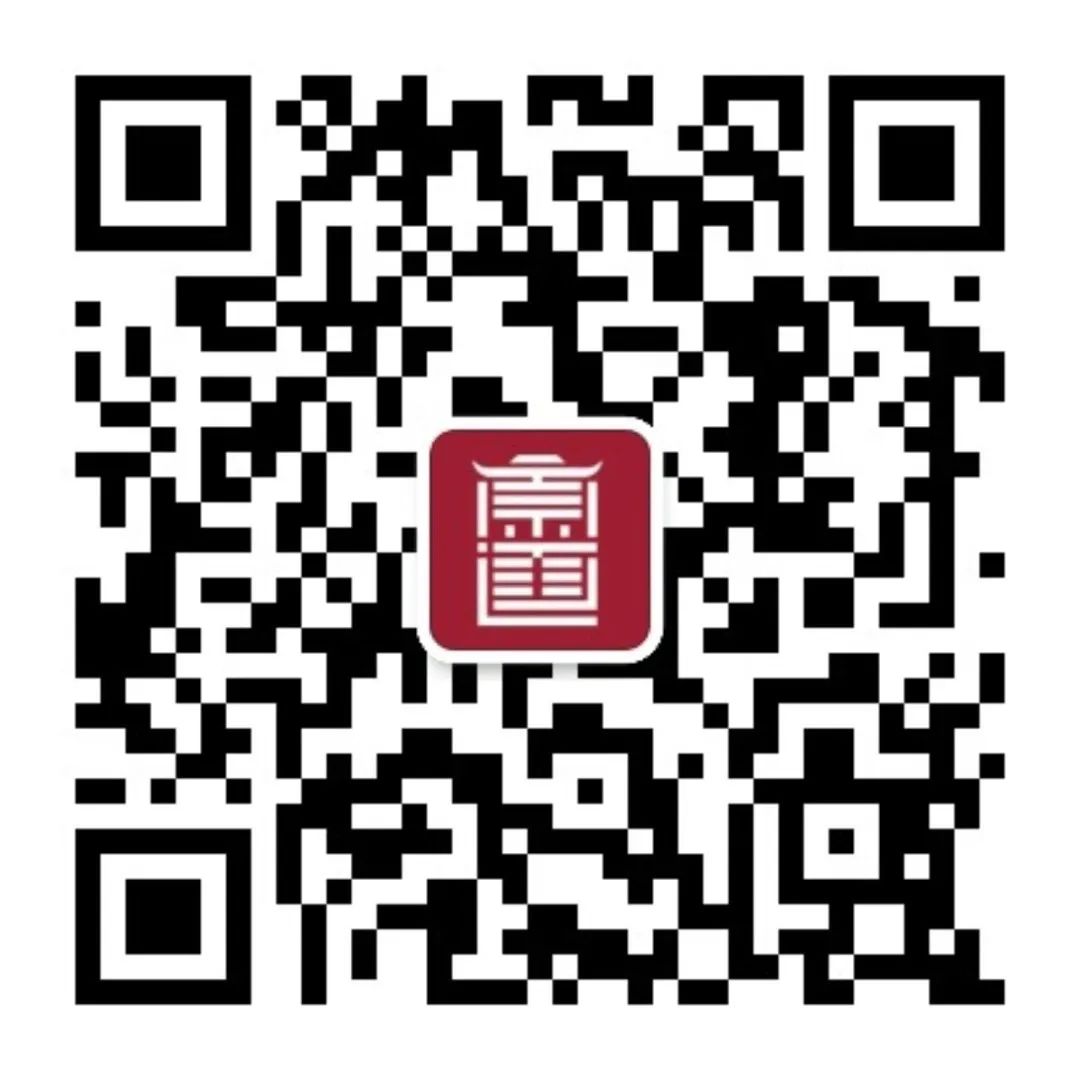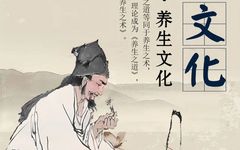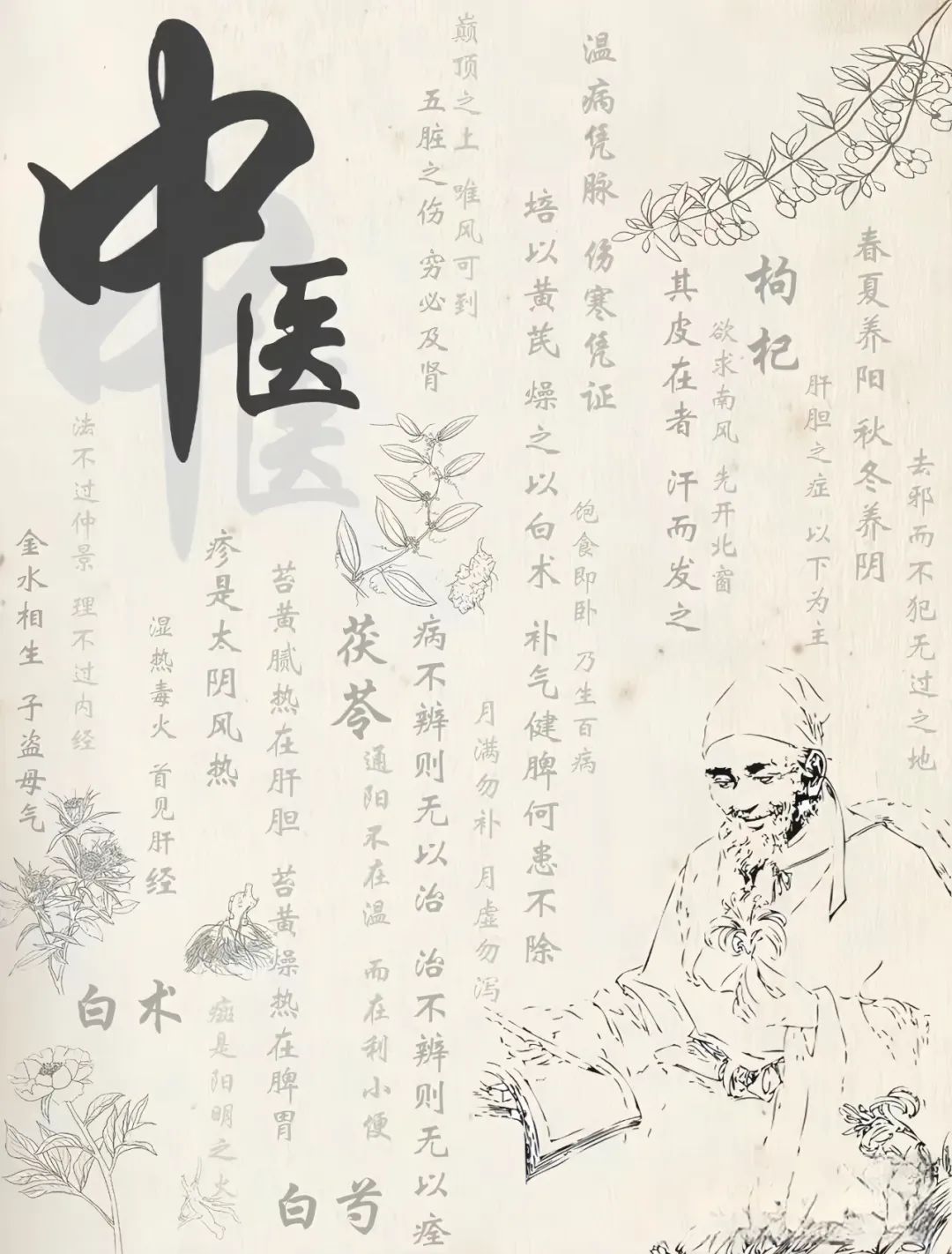
1. The View of Life in TCM
In understanding life, there is a significant difference between Traditional Chinese Medicine (TCM) and Western medicine.
Western medicine understands life through anatomy, physiology, and biochemistry, observing only the tangible and visible forms. Even with high-powered electron microscopes, what is seen is still a formed entity. Western medicine is entirely limited to the material form and denies anything beyond it.
This limitation in understanding is substantial; anyone who understands the world knows that besides tangible and material objects, there exist many intangible and immaterial things. Even if you deny them, it does not hinder their objective existence!
Traditional Chinese philosophy posits: “From the void comes existence.”Our material world, which is tangible and substantial, arises from the void. First, the intangible and formless “wu” gives rise to the formless and tangible “qi,” which then forms tangible and substantial objects according to the form of “qi.”
The “Huangdi Neijing” states, “In heaven, it is qi; on earth, it takes form,” which is consistent with the traditional philosophy of creation from the void. Here, “heaven and earth” does not literally refer to the blue sky and the earth, as the sky is ethereal and resembles gas; thus, it refers to the state before things become tangible and substantial. The earth, being real matter, refers to the state of already formed tangible and substantial objects.
If a patient develops a tumor, it certainly does not arise without reason; it is first an abnormal accumulation of qi in that area, which over time leads to the formation of a tumor. Western medicine believes that if the tumor is surgically removed and chemotherapy or radiotherapy is used to kill the remaining cancer cells, the disease is cured. In reality, this only addresses the tangible part without resolving the qi that caused it all. After a while, if qi accumulates again, a new tumor will grow, which Western medicine calls a recurrence. In fact, it has not been treated at all; those familiar with chemotherapy and radiotherapy in hospitals should understand this…
In terms of the view of life, TCM has a unique concept of “qi.” Western medicine’s research is confined to the material realm, and its theoretical applicability is limited to the visible and tangible world. However, without understanding qi, one cannot find the determinants of material form; thus, they endlessly manipulate the material without ever understanding the reasons behind changes in form.
Why can TCM explain many phenomena that Western medicine cannot? Why can TCM treat many diseases that Western medicine has yet to fully understand? This is because TCM’s theoretical scope is broader than that of Western medicine, extending into the invisible and intangible world of qi. TCM is a higher-level theory than Western medicine.
The view of life in TCM posits that the process of life is essentially the movement of qi. The tangible and substantial body is the venue for the movement of qi; if the movement of qi ceases, life stops. Similarly, if the venue for movement is completely destroyed, life also ceases. This is the relationship between the body and qi in TCM’s view of life.
2. The View of Health in TCM

The “Huangdi Neijing” states, “When yin is balanced and yang is hidden, the spirit is well; when yin and yang are separated, the essence and qi are exhausted.” TCM believes that health is the state of the body being in “yin balanced and yang hidden.”
What does “yin balanced and yang hidden” mean? Yin and yang are very important concepts in traditional philosophy. Simply put, any object that can exist in this world for a period has the ability to maintain its own stability.
How can one maintain self-stability?
It is essential that all things within the object have opposites, meaning the object is divided into two opposing parts. They belong to the same object yet restrict each other, preventing either from developing excessively, thus maintaining the stability of the object. One part is called yin, and the opposing part is called yang.
The characteristics of yin are downward and inward, while those of yang are upward and outward. If both develop in their respective directions without restriction from each other, the result is that yin infinitely sinks downward and inward, while yang continuously rises upward and outward, ultimately leading to the separation of yin and yang, causing the entire life form to disintegrate.
Balance means achieving the mean; yin is restricted by yang, preventing it from sinking infinitely downward and inward. Hidden means not exposed. Yang is restricted by yin, preventing it from rising infinitely upward and outward. The two parts that constitute the life form, like water and milk, maintain a dynamic balance of mutual dependence and mutual restriction, which is yin balanced and yang hidden.
In modern language, TCM’s view of health can be summarized as follows: TCM believes that a healthy person is a dynamic balance system of yin and yang. The human body has the ability to maintain its own system balance. The “Huangdi Neijing” states, “When the righteous qi is preserved within, evil cannot invade; where evil gathers, its qi must be deficient.”
3. The View of Disease in TCM
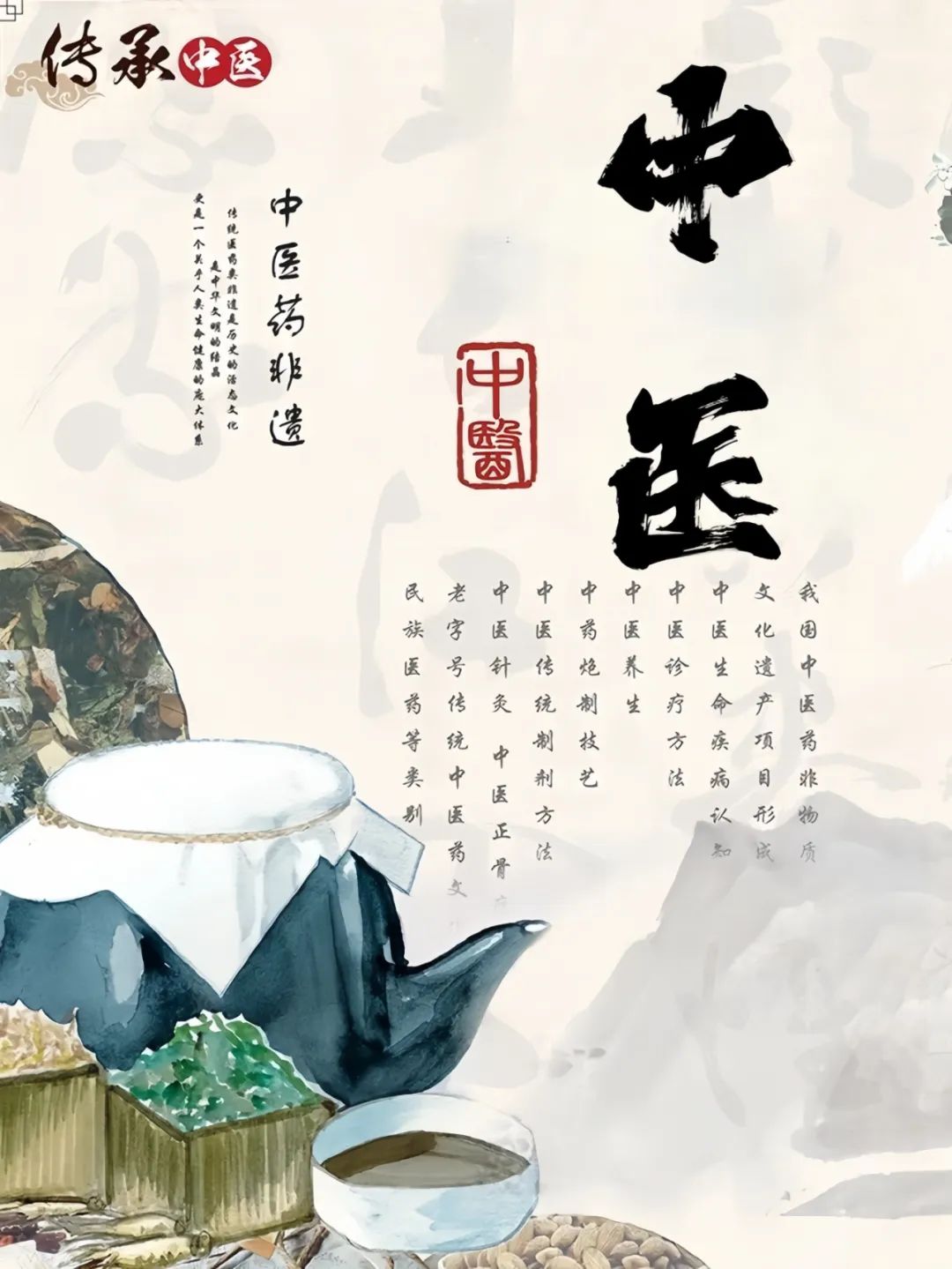
TCM’s view of health can be simply distilled to: TCM believes that a healthy body is a dynamic balance system of yin and yang. When the balance of this dynamic system is disrupted, it results in an imbalance, which is the pathological state. This is TCM’s view of disease.
From TCM’s views on health and disease, we can infer: even if you have a billion bacteria in your body, as long as your body’s balance is not disrupted, you are healthy.
When Western medicine discovered the relationship between bacteria and infectious diseases, for a long time, it adopted an extermination approach towards bacteria. It was only later that they realized that using large amounts of antibiotics led to dysbiosis in patients, resulting in more stubborn diseases, and thus proposed the concept of maintaining the micro-ecological balance within the human body.
The advanced nature of TCM’s pathogenesis theory lies in its recognition that the body is a dynamic balance system. When pathogenic factors act on the body, they can damage it, and the body will inevitably respond to counteract the damage. Both factors will affect the dynamic balance system of the body and may become causes of disease.
4. The View of Pathogenic Factors in TCM
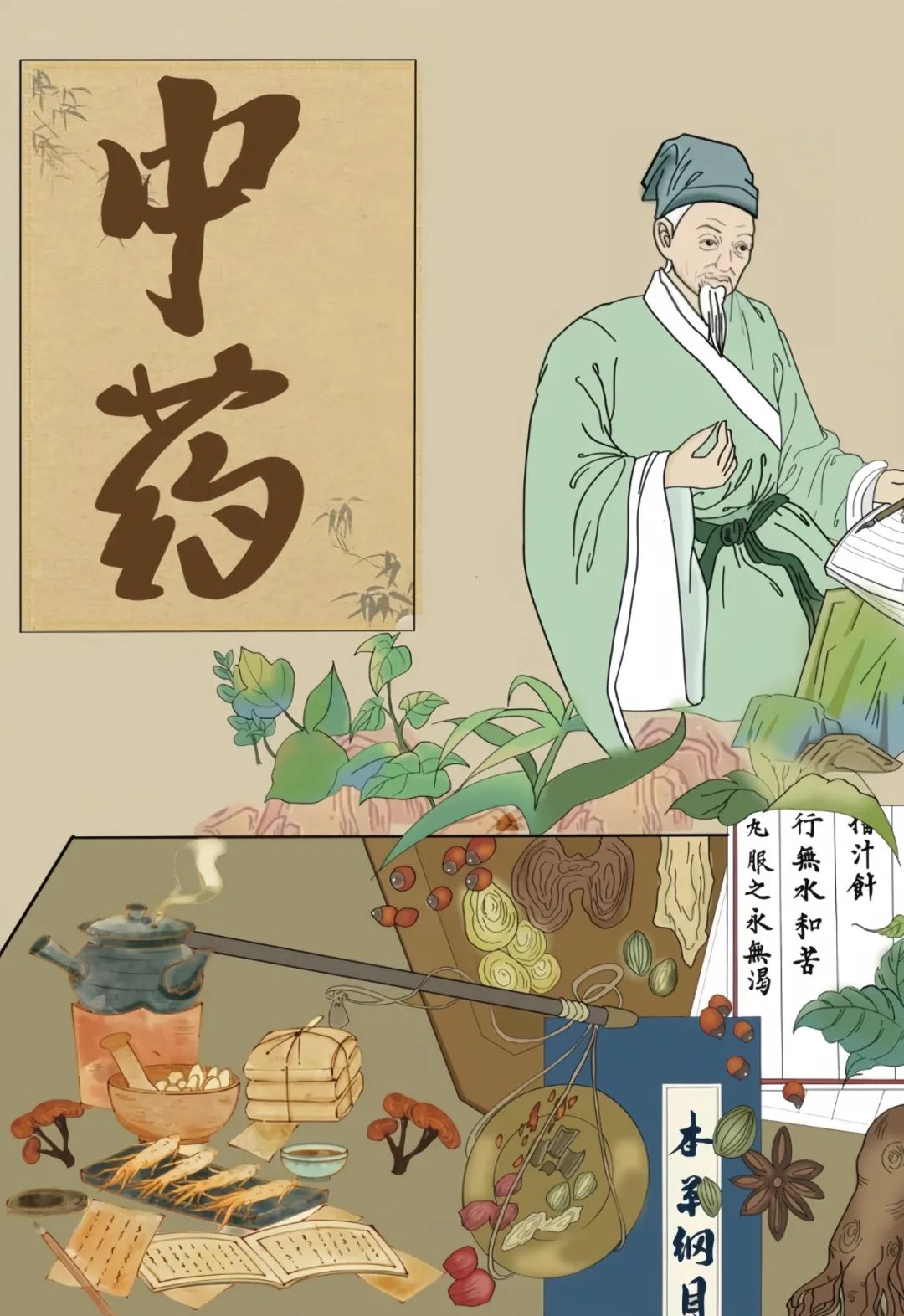
From TCM’s views on health and disease, we can deduce TCM’s view of pathogenic factors: any factor that can influence the balance of the body can be considered a pathogenic factor in TCM. These can be internal or external, from nature or human-made; as long as they can affect the body’s balance, they are potential pathogenic factors.
TCM collectively refers to all pathogenic factors as “evil qi.” Under normal circumstances, climate is referred to as the six qi; when abnormal, it can become a pathogenic factor, referred to as the six evils.
Emotions are normal mental activities, but when they become abnormal, they can also become pathogenic factors. Eating is originally a means to maintain normal physiology, but overeating or irregular eating can also lead to disease.
Thus, TCM’s concept of pathogenic factors is very broad; it is not only visible entities like bacteria and viruses that are considered pathogenic factors.
Western medicine has discovered many pathogenic microorganisms through microscopes, and these bacteria or viruses can proliferate in the human body, leading to disease. This is the most important concept of pathogenic factors proposed by Western medicine.
TCM does not have the concept of bacteria and viruses, not because it denies their existence, but because according to TCM’s view of disease, as long as the human body is in a dynamic balance, even if there are ten thousand bacteria or viruses in the body, or even a billion, a person will still not get sick and will remain healthy.
The second characteristic of TCM’s view of pathogenic factors is: TCM describes the nature of pathogenic factors not based on the characteristics of the factors themselves, but based on the state of imbalance in the body after the factors act on it. Even if the same virus infects different people at the same time, if different states of imbalance occur, the nature of the pathogenic factor is different. Even if the same virus infects the same person at different stages of disease development, if different states of imbalance occur, the nature of the pathogenic factor is also different.
5. The View of Treatment in TCM
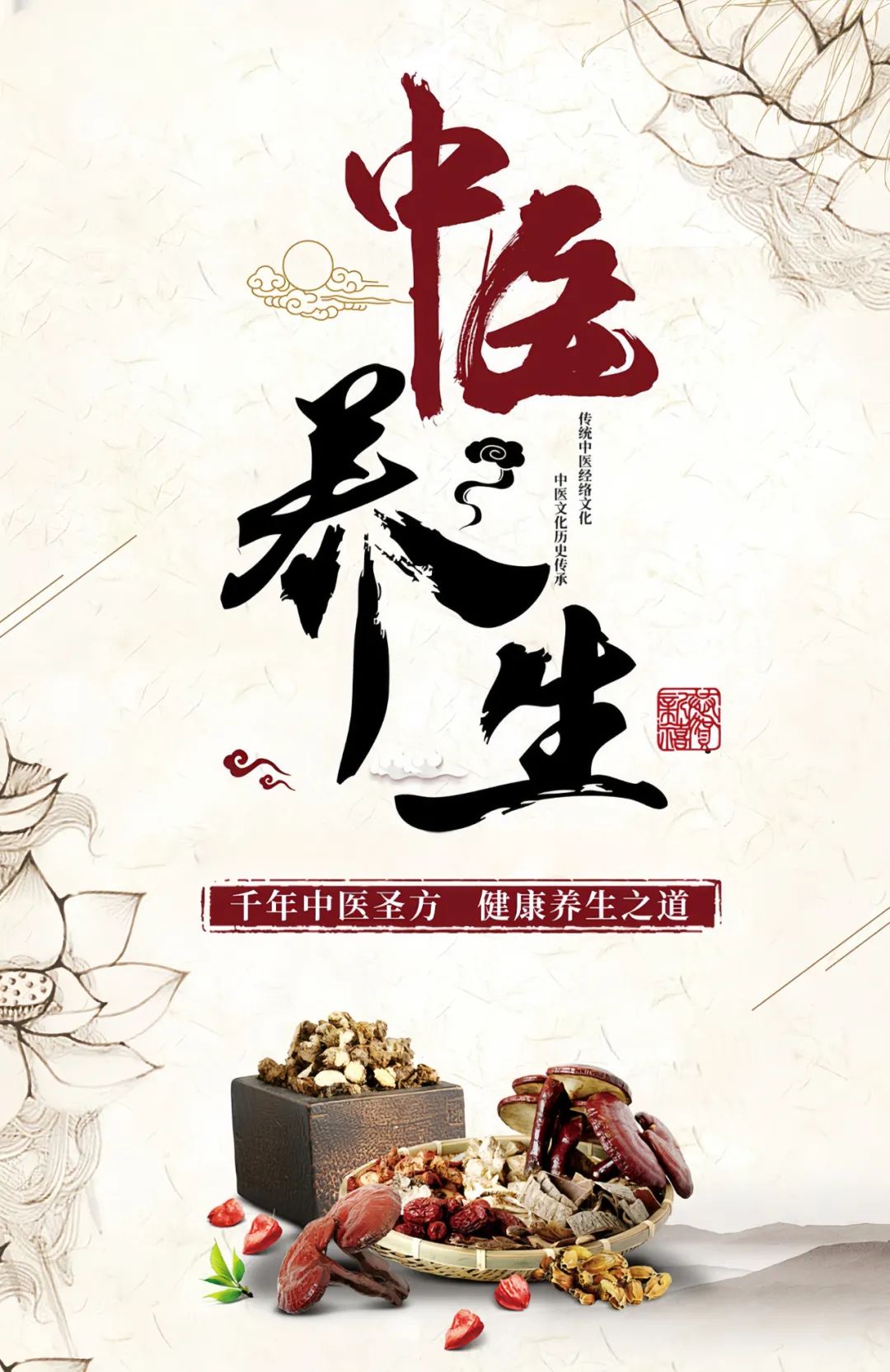
The “Huangdi Neijing” states: “The primary goal is to achieve balance; this is the way to treat it.”
“Carefully observe the location of yin and yang and adjust accordingly, aiming for balance.” TCM treatment is referred to as regulation, which comes from this.
TCM treatment involves regulating the body’s balance, making targeted corrections and adjustments based on the disruption of balance, restoring it to normal. This is TCM’s view of treatment, known as “bianzheng lunzhi” (辨证论治).
In “bianzheng lunzhi,” “zheng” refers to the state of the body in a specific time and space. The focus of TCM treatment is not on the disease itself but on the “zheng.” “Bianzheng lunzhi” is the process of identifying the specific circumstances that cause the body to deviate from balance and treating them to restore balance.
TCM’s treatment methods, like its view of pathogenic factors, include any means that can influence the body’s balance and restore it to normal. Therefore, TCM has many treatment methods, with the most common being herbal medicine and acupuncture. Can some treatment methods from Western medicine be used in TCM?
Yes, of course. For example, physiotherapy and electroacupuncture can help patients recover health and restore balance. Why not use them? Or why should we not use them?
Personally, I believe that science should not only serve Western medicine but also TCM. If some diseases can be better addressed using high-tech methods, we should utilize them. Our only goal is to alleviate patients’ diseases and pain, allowing them to live better!
For those of us who have received modern education since childhood, accepting these theoretical viewpoints of TCM indeed poses some difficulty. After all, we have been taught to believe in science, and many prefer to trust what is visible and tangible. Thus, many people consider TCM unscientific because many aspects of TCM are invisible and intangible, lacking physical entities… Promoting TCM and helping more people recognize and understand it is a long and arduous journey!


•2024 Year of the Dragon, Detailed Analysis of the Zodiac Fortune! Come and see how your fortune is in the Year of the Dragon!
•TCM: Many nodules and cysts arise from “phlegm”; how to deal with phlegm-induced nodules?
•TCM: Not eating after noon, being solid in the morning and empty in the evening, and having salty in the morning and sweet in the evening all contain ancient wisdom!
•TCM: Easy fatigue may be due to deficiency of qi and blood; use these three tips to improve qi and blood deficiency!
•TCM: After getting angry or for those with insufficient liver blood, eat this to nourish qi and blood, improving sleep!
•TCM: An ancient famous formula that addresses three major issues: liver stagnation, blood deficiency, and spleen deficiency!
•TCM’s miraculous treatment for colds, effective remedy that works in fifteen minutes!
•The source of all diseases is cold and dampness; a single herb has remarkable effects in dispelling cold and dampness!
•Daoist secret, specifically treating kidney deficiency, lower back pain, and leg pain with divine guiding techniques!
